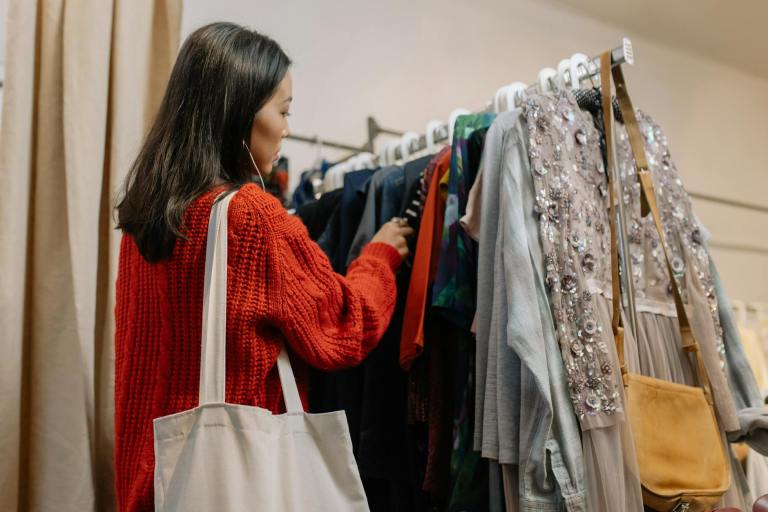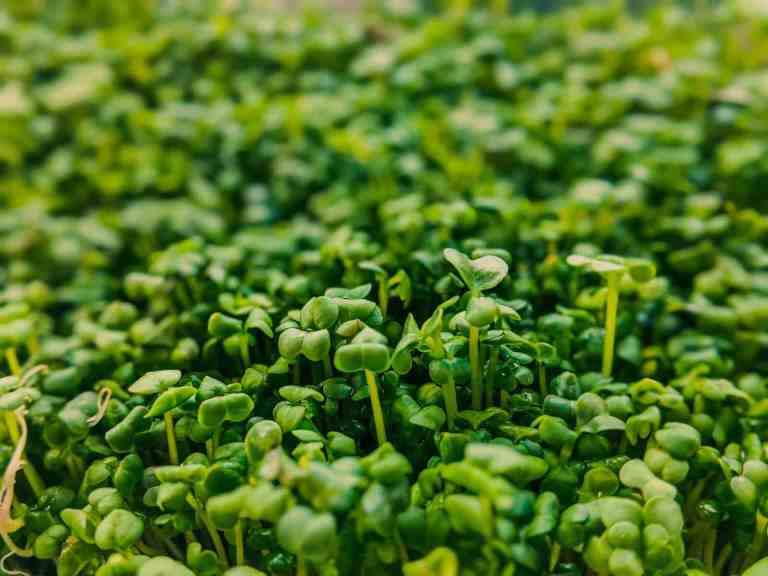What is Upcycling Food? How Does it Help the Planet?
Trash or Treasure? It depends on who you ask or how you upcycle it. If you find yourself asking, ” What is upcycling?” Don’t worry—you came to the right place.
Upcycling is a fascinating concept that is gaining momentum in the realm of sustainability. It involves transforming old, unwanted items or cosmetically imperfect produce into new products and giving them a new life. It’s a process that helps reduce waste and conserve natural resources, which benefits the planet and potentially your wallet! It’s a critical component of a circular economy. While there are many ways you can upcycle, in this post, we’re taking a specific view of food.
However, there are some common misconceptions about upcycling. In this post, we’re exploring the intricacies of upcycling, diving into its nuances, and sharing its profound impact on our environment and food system. But if you want to make sure you’re getting off to a good start, check out our post on how to make sustainable food choices.
Understanding the problem with Food Waste & How Upcycling Helps
This trend of upcycling stems from the problem that one-third of food every year goes to waste. This could be food that is improperly labeled, cosmetically imperfect, or just doesn’t meet quality standards. And when it goes to waste, it sits in landfills. Food that sits in landfills actually produces methane, which is 25 times more damaging than carbon dioxide.
The process of upcycling food aims to address this problem by diverting food from going into landfills. Upcycling creates new material or viable products that go into new food or other types of products.
According to the EPA ‘s food waste scale, upcycling is the second most desired way to prevent wasted food. Landfilling or incinerating the destruction of waste is the least desirable.

Linear Economy vs Circular Economy
The traditional linear economy follows a “take-make-waste” model. Extracted resources are turned into products and then discarded. The circular economy aims to keep materials in use for longer by focusing on reducing waste, reusing and maximizing resource efficiency. This closed-loop approach is at the heat of the upcycling movement and helps conserve resources and reduce environmental impact.
The Upcycling Process
While the term upcycling is just starting to become trendy, the practice has actually been in existence in the food industry for a number of years. While the original practice involved creating new products from their original form, it was a great way for food companies to monetize through new raw materials. Upcycling is a solution more noble, because it takes a look at reducing the abundance of food waste in the industry.
Here’s a general overview of how the process works.
Food Processing:
As food is processed or refined, some viable nutritious materials are left behind that may not be desirable in the finished product. One primary example is whey protein powder. When you make yogurt, the yellowish liquid on top is called whey. A drier then processes it to make whey protein powder, a high protein source.
When you process food, you can also get multiple ingredients from one source using different processes. For example, when you process corn, you have multiple components. One small kernel contains starch, germ oil, gluten, and fiber. Milled corn is processed into all of these ingredients. Resulting in corn starch, corn oil, corn protein, and fiber.
While the food industry has been finding ways to use all parts of the food plant for a number of years, there’s still an enormous amount that is unused and has potential for upcycling.
Collecting Scrap Foods:
As food is processed, sorted, or refined, you are left with some viable nutritious materials that may not be desirable in the finished product. The first step in upcycling is finding what ingredients are available to you.
A great place to start is with New products like non-dairy milks have and plant matter from essential oils. If you’re doing this at home, collecting scraps can look like “ugly” produce or the reject bin at your local grocery store.
Reusing the Scraps
The next step to upcycling is the fun part – Finding a creative way to use it! Many small businesses are upcycling to tackle the problem of food waste at a larger scale. Take a look at some of the different ways some companies have given waste materials a second life:
Renewal Mill
Renewal Mill is a company that works with companies that have a large amount of waste to create upcycled items. They offer baking mixes and sell other upcycled ingredients in their current state.
Matriark Foods
Another unique upcycled product is Matriark Foods! They make tomato sauces, vegetable soups, and broth from waste products. They transform these upcycled ingredients into a variety of new items. Be sure to be on the lookout for them in your local Whole Foods!
Uglies Potato Chips
Diffenbach’s snacks takes the “Ugly” potatoes and gives them a new lease of life through their brand “Uglies” potato chips If you’re going to enjoy potato chips, you might as well enjoy them while fighting food waste!
Become Upcycled Certified

If you want to check if a food is upcycled, you can look for the Upcycled Foods Certification, which is an audited validation formerly provided by the Upcycled Foods Association.
The Upcycled Food Association was a non-profit organization dedicated to reducing food waste. They created the world’s first upcycled food standard and certification program to elevate underused ingredients and build a more sustainable food system. While the Upcycled Certified program is now managed by Where Food Comes From, the association’s work continues to inspire the upcycled food movement.
Environmental Benefits of Upcycling
Reduced Food Waste
The biggest environmental benefit of upcycling is diverting food scraps and cosmetically imperfect produce from landfills. Food waste generates methane, a potent greenhouse gas, so upcycling reduces emissions and conserves resources used to grow the food in the first place. Upcycling stands as a significant contributor to reducing food’s carbon footprint, reducing landfill waste, and curbing greenhouse gas emissions which cause climate change.
Resource Conservation:
In comparison to traditional recycling, upcycling requires less energy and preserves natural resources. The resulting products not only have a new purpose but also contribute to the overall reduction in energy consumption. Upcycling minimizes the need for additional land clearing, water usage, and energy consumption required for new food production. It essentially maximizes the use of the resources already invested in growing the food. Because food scraps are already used in an industrial process, the environmental impact is quite low!
Economic and Social Aspects:
The economic and social benefits of upcycling aren’t often discussed. Upcycled foods actually deliver more profits to the farmers because they can sell more of their crops. Not only does it create unique, higher-value products, but it also holds the potential to generate employment in the growing field of sustainable practices.
Promotes a Sustainable Food System
Finally, by utilizing what already exists, upcycling encourages a more mindful and efficient food system. It reduces pressure on agriculture to constantly produce more, potentially leading to decreased deforestation and biodiversity loss. Upcycling materials has a positive impact on our food system and takes a new look at how to get higher value material out of our existing supply chain.
Now You Know What Upcycling Is, Join the Upcycling Movement!
Upcycling is an important part of a circular economy, and upcycling projects showcase the immense potential of this creative process. In a day and age filled with discarded materials, upcycling emerges as one of the best ways to reduce food waste. It is not just a creative reuse process; it’s a commitment to a sustainable food system.
When waste is seen as an opportunity for innovation, every old item is a potential for a new raw material. The practice of upcycled materials is a great first step to sustainable living.
Discover more from made to sustain
Subscribe to get the latest posts to your email.







